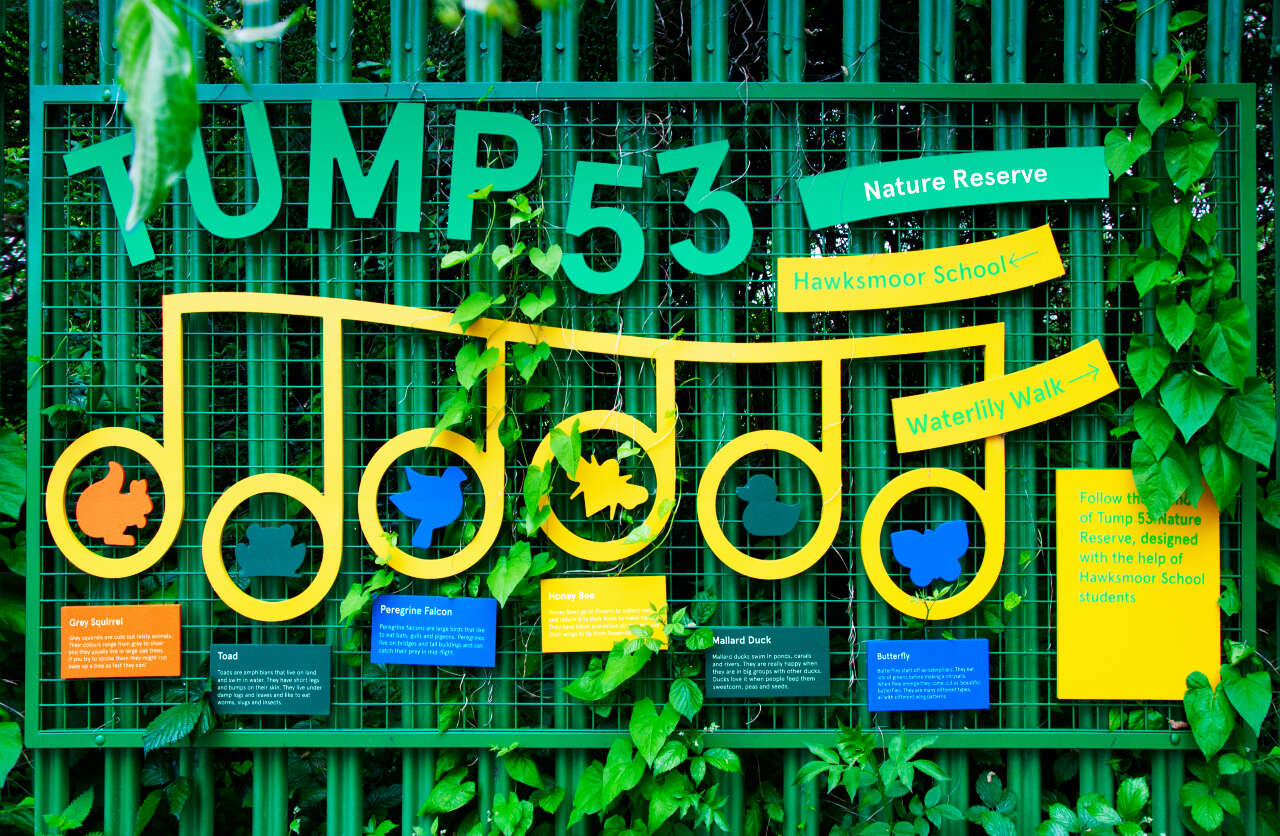
A recent report by Apse, Post Pandemic: Green Urban Spaces, signals the need to increase green space in urban areas, given the environmental benefits as well as the public health benefits – including a reduction in loneliness, creating healthier high streets, and improved air quality.

The pandemic forced the use of these spaces, providing our only opportunity to get out and stretch our legs after hours of being cooped up inside, as well as travel restrictions demanding we use spaces closer to home. But what happens now we can leave the house and travel again, how do we encourage the sustained use of these spaces as our horizons are broadened?
Designing for green space
Design is at the crux of the issue. Design can bridge the gap between people and places in multiple ways to forge greater connections and encourage people to invest in the future of green space.
We need to think creatively about how different spaces connect to the wider local area and the people that live there – it needs to be more than just beautiful signage. It is about helping people make the most of where they are and delivering that all-important emotional connection.
For designers and place-makers, the most important thing is to know your audience – who lives nearby and what their needs might be.
We’re all in this together
The best way to understand what works for a local community is to get them involved. They are the creative fuel behind place-making and city regeneration. To help communities feel part and parcel of the green space, there needs to be something in it for them and it needs to tap into their identity and sense of personal belonging.
For our project with Tump 53 Thamesmead Nature Reserve, we conducted workshops with the local communities for the new place-making and wayfinding design for the area. Local schools were the primary focus as they would book tours around the Reserve to help educate children about the local wildlife. We decided to take this a step further by collaborating with these schools to understand what the children would respond to in this space. The designs now implemented at Tump 53 are directly inspired by the children’s input from these workshops.
The brightly coloured signage, hidden among the bushes and greenery was a great way to encourage children to look and find out more for themselves, explore the area and find their way around the wildlife and undergrowth. It created a chance to play rather than simply walk through an area.
Making friends with AR
We are all tied to our phones. Whether it’s receiving a message from a friend or seeing breaking news pop up, it’s all too easy to be distracted from what’s immediately around us. Now more than ever, boundaries are blurred between nature and technology, but the two don’t have to be isolated from one another. That’s where augmented reality (AR) comes in. AR is changing the way we interact, with each other as well as digital and physical spaces – enhancing our experiences by overlaying imagery or information about a place or thing on the screen of a smartphone or tablet.

For Tump 53 we developed an interactive AR app activated by codes in the signage around the reserve and nature walk. Young adults and children who activate the app on their phones are led to discover more about the different kinds of plants and wildlife to be found there.
AR is an accessible technology to help layer our experiences. Using AR can build on the physical spaces around us, not only by providing more information but by also creatively reconfiguring what’s already there – like a graphic bee buzzing around on your phone. It is an imaginative tool that can increase the way we think about nature.
Engage the senses
AR helps engage different parts of our brains and senses. When all our senses are engaged, there is a greater connection. Tapping into all five senses – taste, smell, touch, sight and sound – creates a holistic experience and immediately stimulates an emotional response.
For Tump 53 the signage is tactile and tempting to touch with the bright colours that draw the attention of younger children and help it stand out among the foliage. Sounds of local animals are activated on the AR app and translated onomatopoeically on the signage. Phonetic words manipulate language to appeal to people from all countries and cultures. The design is focused on immersing people in the space through the senses rather than simply directing and informing through signs.
To properly cultivate green space in London and help raise awareness of the environmental and well-being benefits of investing in these spaces, it’s essential to think creatively. Focusing on community collaboration is an essential part of this and design can help instil a sense of fun and playfulness into the process. Developing that emotional connection with our green spaces with all parts of a community from diverse cultural and socio-economic backgrounds, and considering the different aspects of design, brand and place-makers can work to improve sustained use of our local ‘saving grace’ green spaces.






